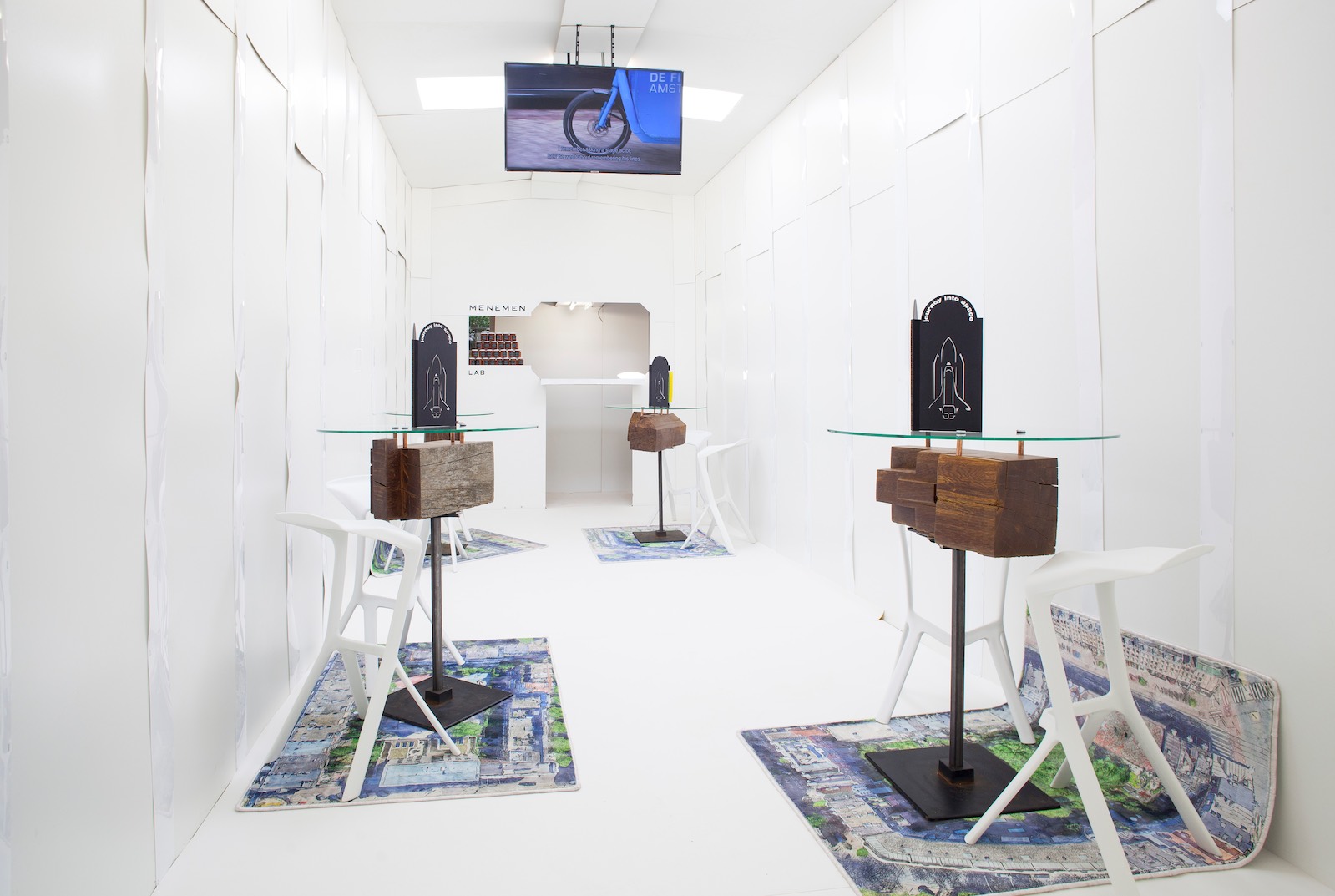How do you describe your own art practice?
In my early works, I explored how recent history shapes the present by examining public monuments, historical materials, and ordinary structures. Reframing personal histories, I provided platforms for others to engage in their own narrative-building. This individual (re)construction of history is essential; it disrupts the singular, ideology-driven narratives that divide society. Reclaiming our agency means resisting rigid narratives and embracing diverse, often conflicting, perspectives.
I also aim to go beyond the idea of heritage as form and monument and explore how the complexities of contemporary history can redefine preservation as practice. I work with heritage as ordinary—yet intimately connected to cultural realities. As a secondary strain, I explore the tension between capturing fleeting moments and challenging linear conceptions of time, examining how time bends under forces like speed and gravity, urging us to embrace the present’s urgency.
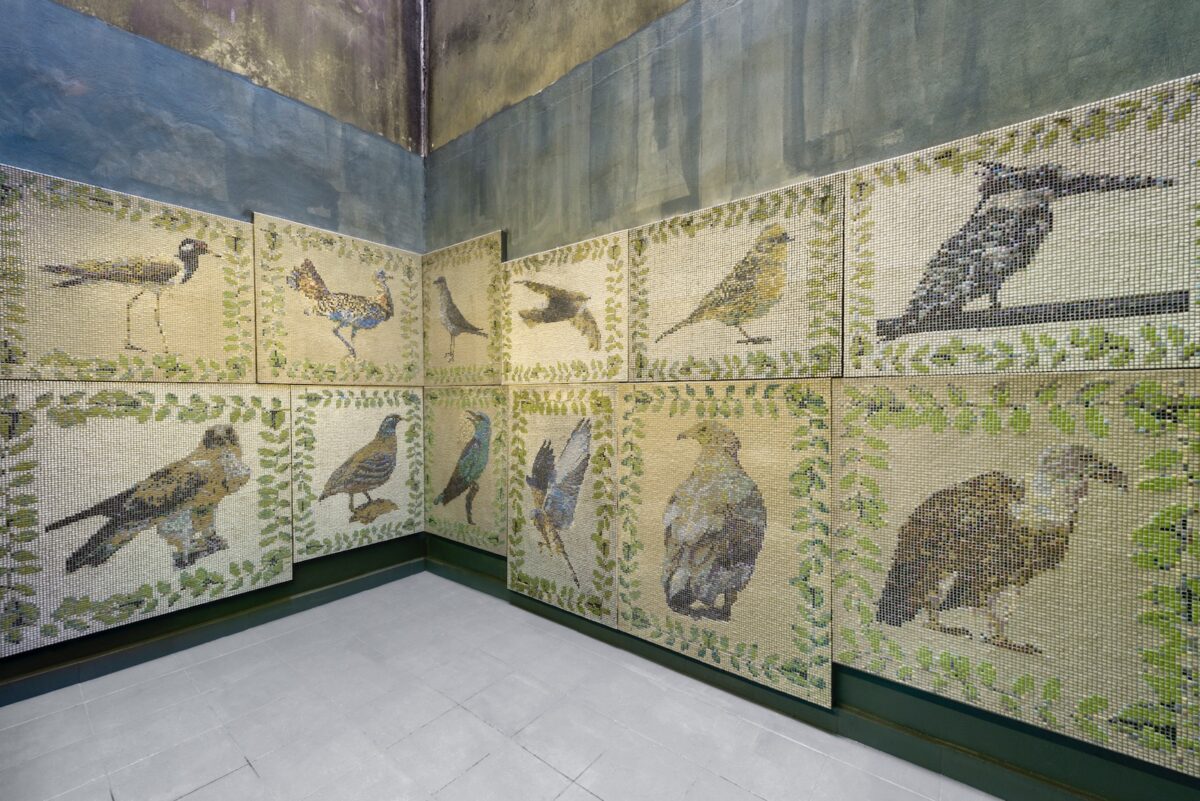
Which question or theme is central in your work?
I focus on the intersection of contemporary life and heritage, wandering both visible and hidden histories. Rather than just documenting physical remnants—it’s about capturing the intangible, often forgotten traces that continue to shape urban life today. Using the concept of a “palimpsest,” I reframe the stories of underrepresented communities as heritage, giving voice to those often erased from dominant narratives.
I am in transition by experimenting with softer, more flexible forms. Inspired by the quiet, spiritual essence of ancient cities, I aim to question how today’s personal and societal legacies might be integrated into new artistic expressions—particularly through sound and other experimental media. I want to connect this shift with current issues and explore how sounds stripped of their industrial functions can interact with mosaics representing the heritage of that moment.
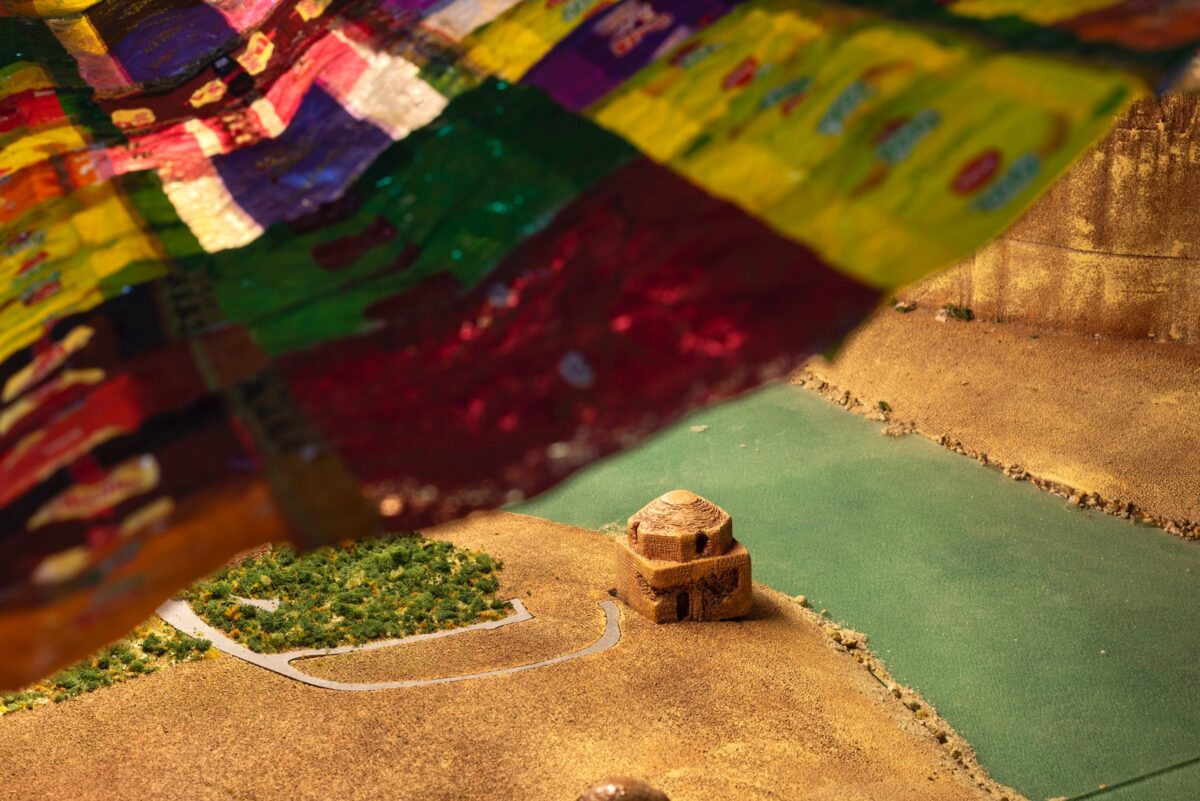
What was your first experience with art?
In 2001, while I was studying Fine Arts in high school in Diyarbakir, I had the opportunity to assist a sculptor who was commissioned to create a maquette of Hasankeyf, an ancient city in southeastern Turkiye. This marked my first encounter with public art commissions and working on an art project. Years later, in 2019, while going through my limited archive, I came across an image from that time, which reignited my interest in revisiting Hasankeyf before it was submerged due to the construction of the Ilisu Dam. I made several trips back to the city, documenting its transformation and witnessing the significant changes it underwent.
Realizing that there was no official maquette to commemorate the now-vanished city, I decided to create one myself. This process became deeply personal, reconnecting me with my cultural heritage. It took on even more significance after the birth of my son, as it helped me better understand my roots and identity. This journey not only contributed to my personal growth but also profoundly influenced my artistic practice, highlighting the importance of preserving cultural memory and its impact on my work.

What is your greatest source of inspiration?
For the past few years, I have been on a continuous journey to explore ancient cities, immersing myself in the timeless spaces that have stood for millennia. These places evoke a deep connection to the past. What fascinates me the most is the profound silence within these spiritual moments; it is not merely the absence of sound, but the presence of something much greater. I have started to rethink how this silence, when approached from a new perspective, can create a kind of resonance within the space itself—like a subtle sound that transforms the experience of being there.
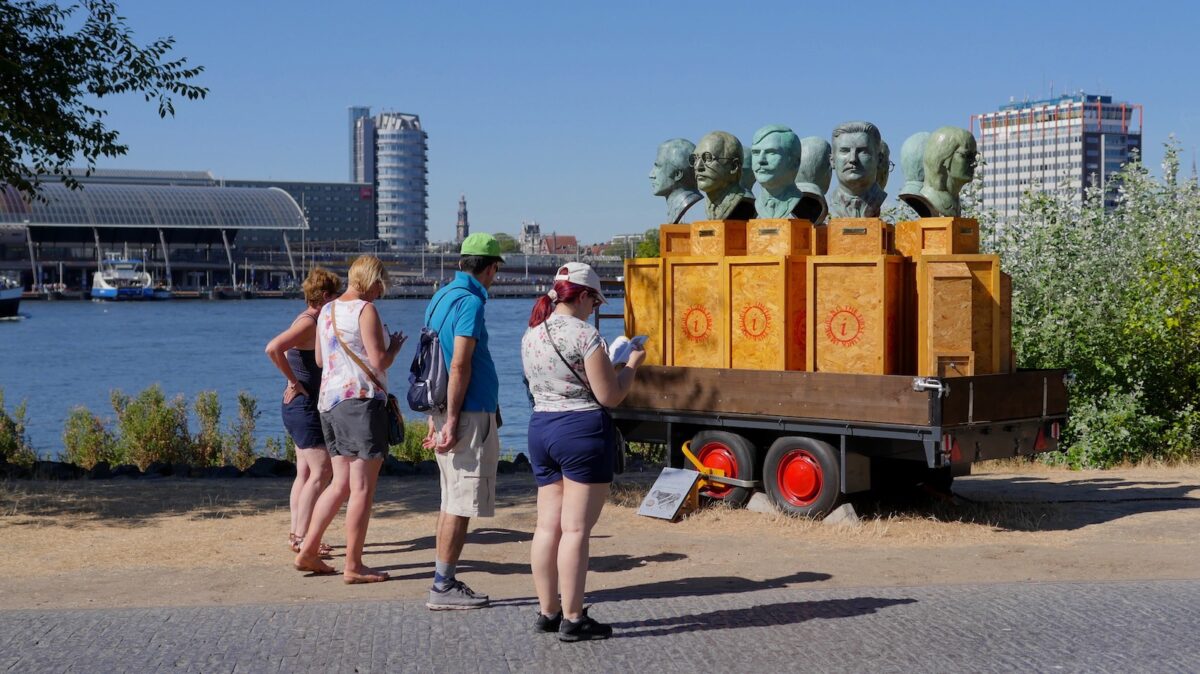
What do you need in order to create your work?
I draw much of my inspiration from travelling to different cities and countries, where I am particularly intrigued by the everyday tools and objects found in public spaces. It allows me to focus on current issues and discover new instruments to expand their connection to public spaces. I rely on these encounters to expand my creative process and explore new artistic directions.
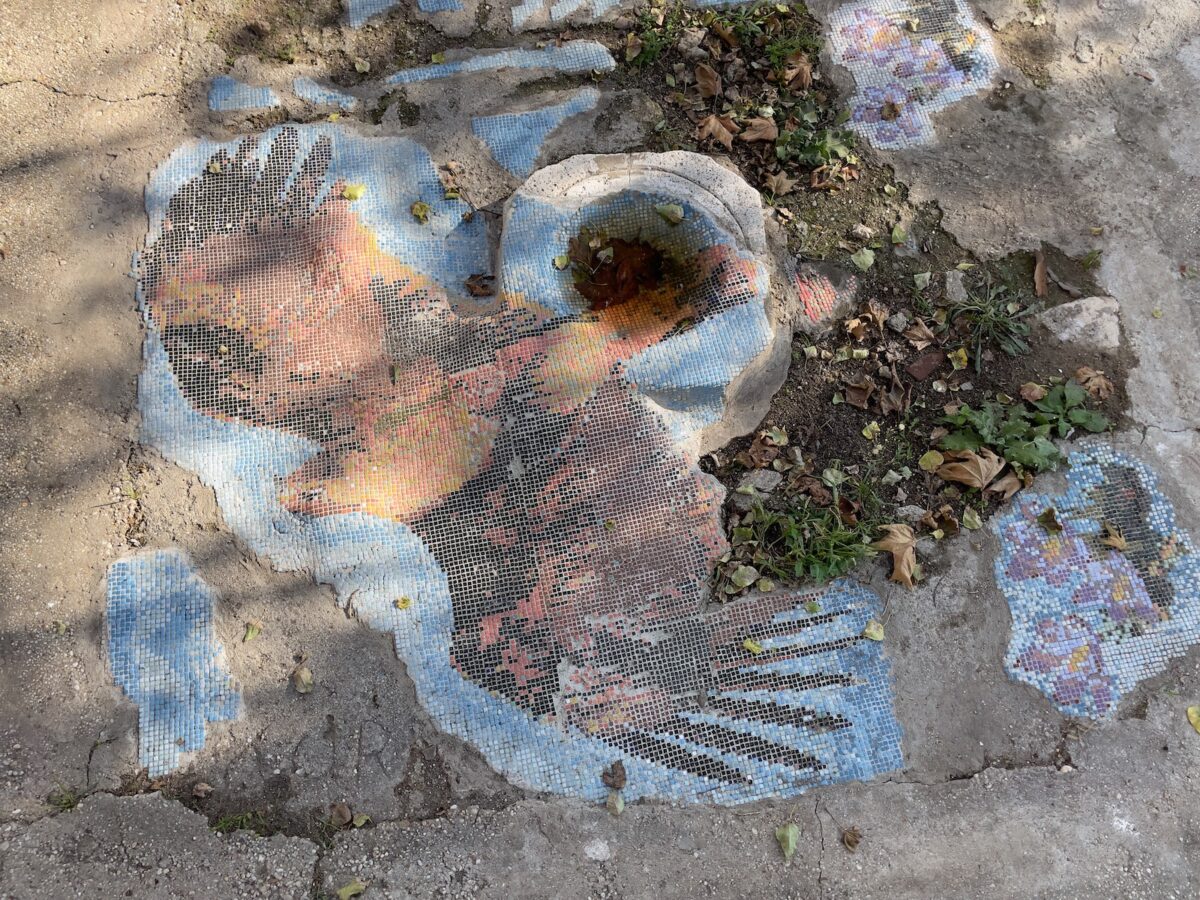
Installation view mosaic applied on the ground, dimensions variable, Permanent in Sinop as part of 9th Sinopale Biennale, 2024
What work or artist has most recently surprised you?
I recently watched Le Barrage, a film by artist Ali Cherri, known for his innovative work in both sculpture and installation. The film’s conceptual depth adds an intriguing layer to his already diverse practice. I found it fascinating how Cherri seamlessly bridges the worlds of filmmaking and visual art, excelling in both mediums. Witnessing his ability to merge distinct artistic approaches to create impactful works is inspiring, showing a compelling synthesis of narrative and visual experimentation across different forms.
